
‘You are not broken, the system is’ – new NFP pushes for less medication
Posted on 03 Dec 2025
The over-medicalisation of distress affects pretty much everyone in Australia, leading to needless…
Posted on 28 Jan 2025
By Greg Thom, journalist, Institute of Community Directors Australia

The announcement of a new multi-million-dollar children’s medical research facility has been hailed as a shining example of the ability of targeted philanthropy to make a difference in people’s lives.
The Children’s Centre for Transplantation and Research at the Children’s Hospital at Westmead (CHW) in Sydney will focus on improving the lives of children requiring organ transplants.
The Centre will bring together world-leading research to improve the effectiveness of life-saving transplants and could help some children avoid the need for transplant surgery altogether.
The state-of-the-art facility has been made possible by a $3 million donation to the Sydney Children’s Hospital Foundation (SCHF) by the James Fairfax Foundation.
SCHF CEO Kristina Keneally said philanthropy had helped fund advances in research and technology that have improved the lives of sick children battling life-limiting medical conditions.
“Nonetheless, they still need our help to manage chronic and complex ongoing conditions,” she said.
“Philanthropy has the power to supercharge the care that these children receive. It accelerates research and paediatric health outcomes and delivers breakthroughs, milestones, turning points and world firsts.”
Edward Simpson, chair of the James Fairfax Foundation, said he believed the Foundation had a responsibility to support “transformative” projects such as the Children’s Centre for Transplantation and Research.
“This Centre has the potential to dramatically advance the health and wellbeing of unwell children facing life-threatening conditions,” he said.
“By investing in cutting-edge research and technology, we’re proud to give these children and their families new hope and longer lives.
“We hope our generosity inspires other organisations to join us in supporting this groundbreaking initiative.”
Keneally said the Centre would need an additional $1.77 million philanthropic contribution for its initial five years of development and ongoing operation.
“On behalf of all the children requiring a transplant each year, we’re so thankful for the James Fairfax Foundation’s generosity in getting us started, but there is still more work to be done, and more support needed.”

“Philanthropy has the power to supercharge the care that these children receive. It accelerates research and paediatric health outcomes and delivers breakthroughs, milestones, turning points and world firsts.”
Opening new medical frontiers
Professor Gordon Thomas, paediatric transplant surgeon at CHW, said organ transplantation was a vital component of healthcare for children with serious conditions.
However, a transplant, in its current form, is a temporary fix, not a cure.
“Transplants are highly invasive, can have long wait times and, at present, means a lifetime of immuno-suppressive drugs,” said Professor Thomas.
It is hoped the Foundation's donation will help the Centre to become a world leader in trialling potential therapies using machine perfusion.
A perfusion machine enables donated organs to live outside the body, and the Centre will use it to research ways to decrease the possibility of rejection of a donor organ.

The goal will be to use this same research to genetically repair organs that are not working properly, without the need for a transplant.
Professor Ian Alexander, head of the Gene Therapy Research Unit at CHW, said the hospital was collaborating with the Children’s Medical Research Institute and Royal Prince Alfred Hospital to carry out preliminary work involving adult organs on this type of machine.
He said the team had recently become the first medical researchers on the planet to test gene transfer technology in this way.
“In this proposed new facility, where organs can be maintained on these sophisticated pieces of equipment, we can actually go in and test whether our gene repair technology and experimental therapies work in human tissue,” said Professor Alexander.
“This, in turn, dramatically increases the likelihood of therapeutic success when trialled in children.”

Posted on 03 Dec 2025
The over-medicalisation of distress affects pretty much everyone in Australia, leading to needless…
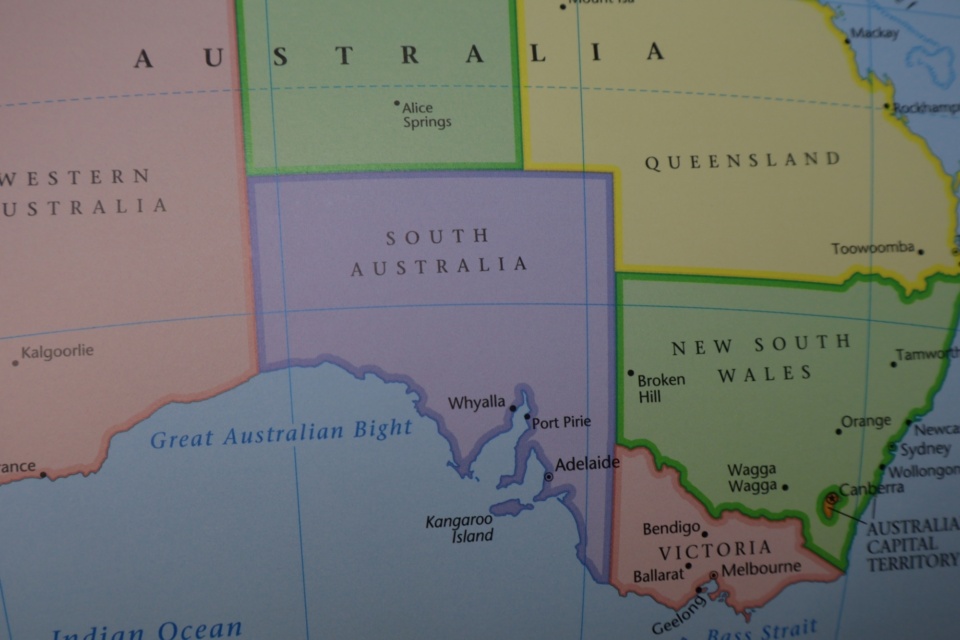
Posted on 03 Dec 2025
If you wanted an example of the problems inherent in federal systems, you couldn’t do better than…
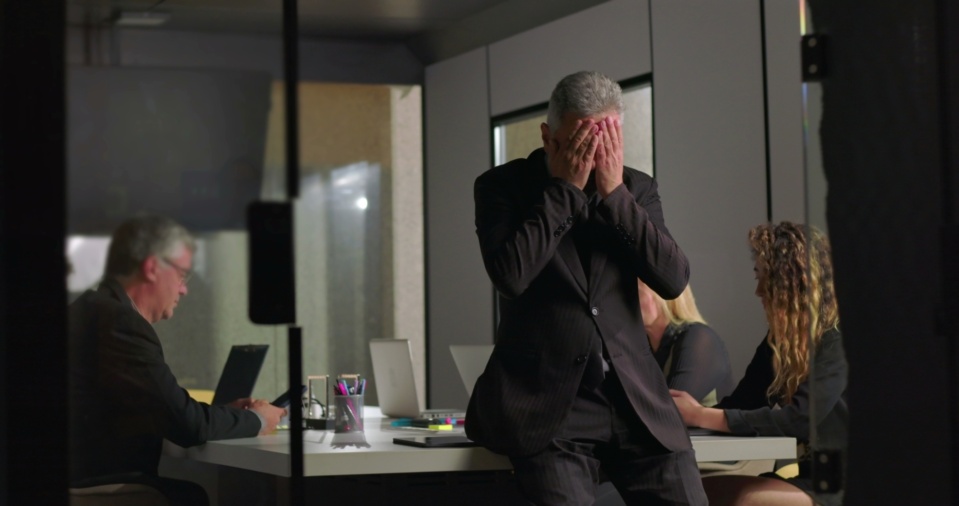
Posted on 03 Dec 2025
Many not-for-profit (NFP) board members in Australia are burnt out, overwhelmed and considering…

Posted on 03 Dec 2025
Infoxchange has announced a partnership with the National Artificial Intelligence Centre to address…
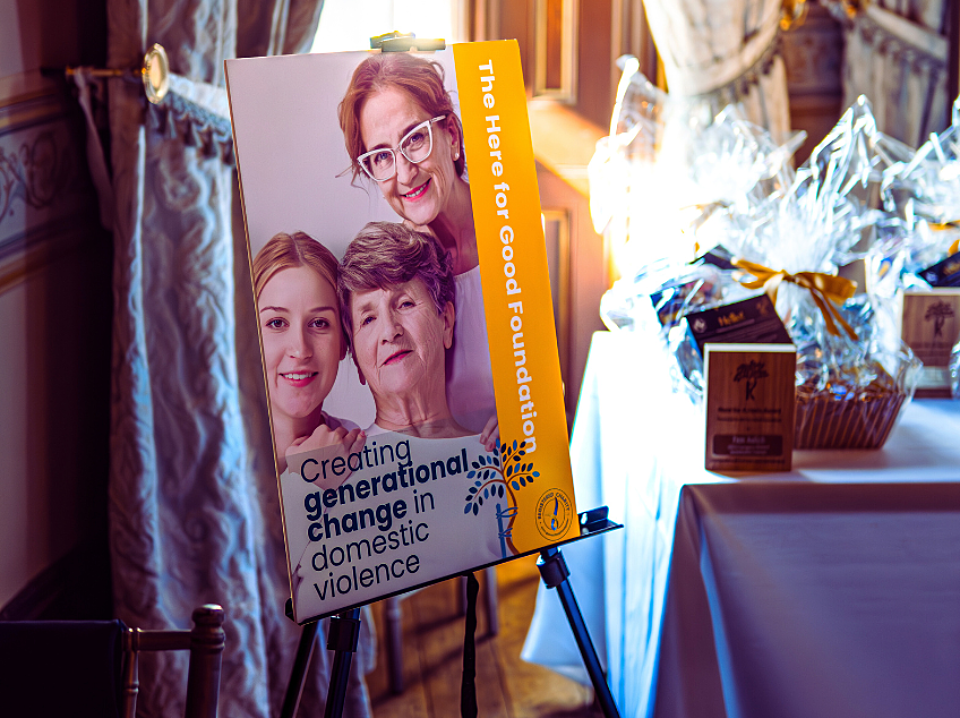
Posted on 03 Dec 2025
Tonight, in Adelaide, the people least likely ever to be accused of doing what they do for…

Posted on 03 Dec 2025
Emma-Kate Rose is the co-CEO of Food Connect Foundation, working with communities to support the…
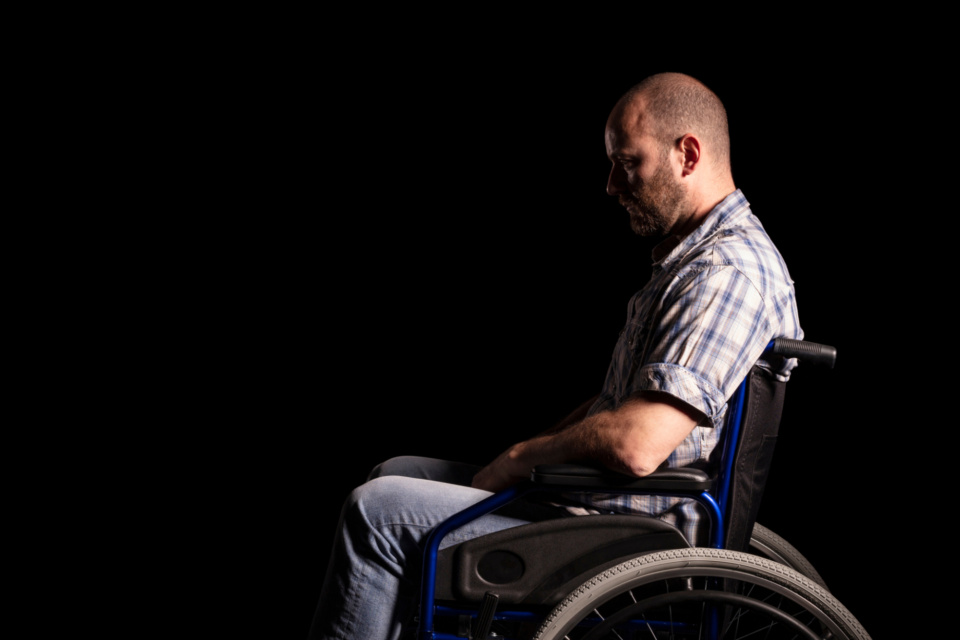
Posted on 03 Dec 2025
Today is the International Day of People with Disability, but for many, there is little to…

Posted on 26 Nov 2025
Charities and not-for-profits can be outstanding advocates for their cause, their community, their…
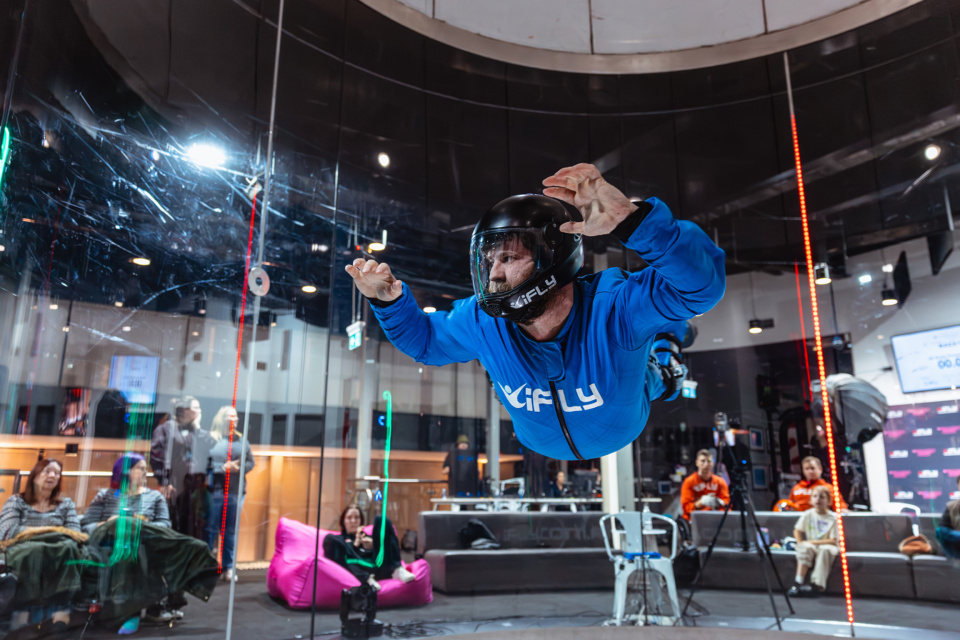
Posted on 26 Nov 2025
Next Wednesday, December 3, All Abilities ambassador Greg Pinson will be celebrating the…
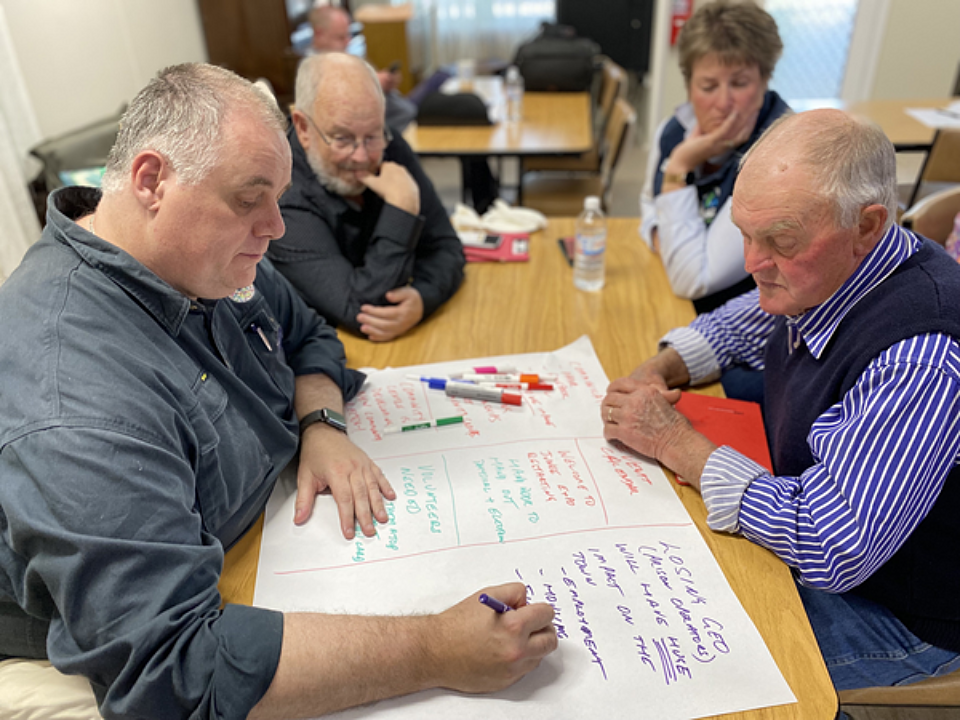
Posted on 26 Nov 2025
If you think it’s inefficient for every small organisation seeking funds in regional, rural or…
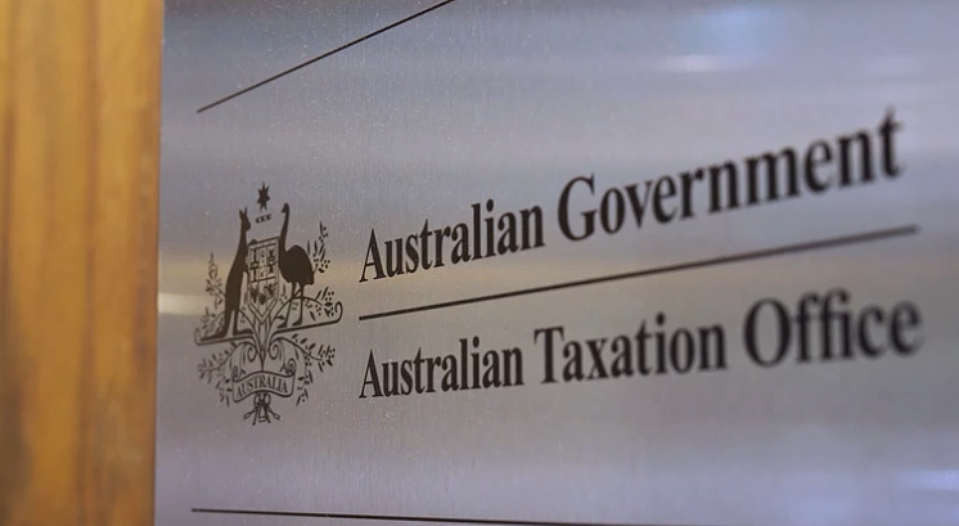
Posted on 26 Nov 2025
An emerging tax scheme that offers tax deductions by using barter credits to inflate DGR donations…
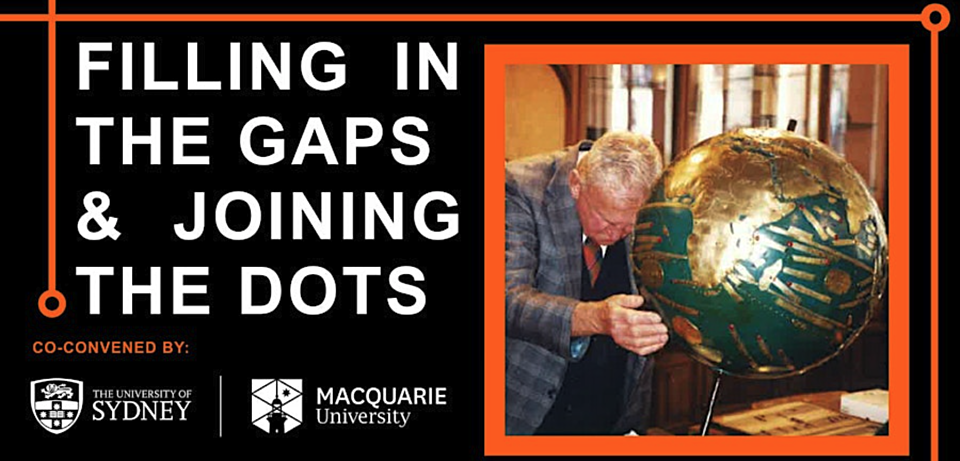
Posted on 26 Nov 2025
A landmark conference starting tomorrow in Sydney will bring together the dual sensory impairment…